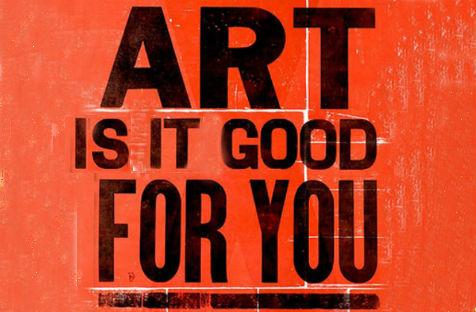The assumption underlying public funding of the arts is that we all benefit from a thriving arts industry, because our lives are so profoundly – and, we hope, positively – affected by exposure to art in all its forms.
Perhaps the most obvious example of the effect of ‘art’ on our lives comes from architecture, urban and industrial design: architects and designers don’t only create structures, spaces and objects that we see as ‘beautiful’ or ‘ugly’; they also create the places where we conduct our lives. It’s a safe assumption that beautiful architecture and design will have a positive effect on us; perhaps it’s even true that provocative architecture and design can expand our horizons and challenge us to see the world in new ways – a process we don’t always enjoy, but which creative artists are sure is ‘good for us’.





